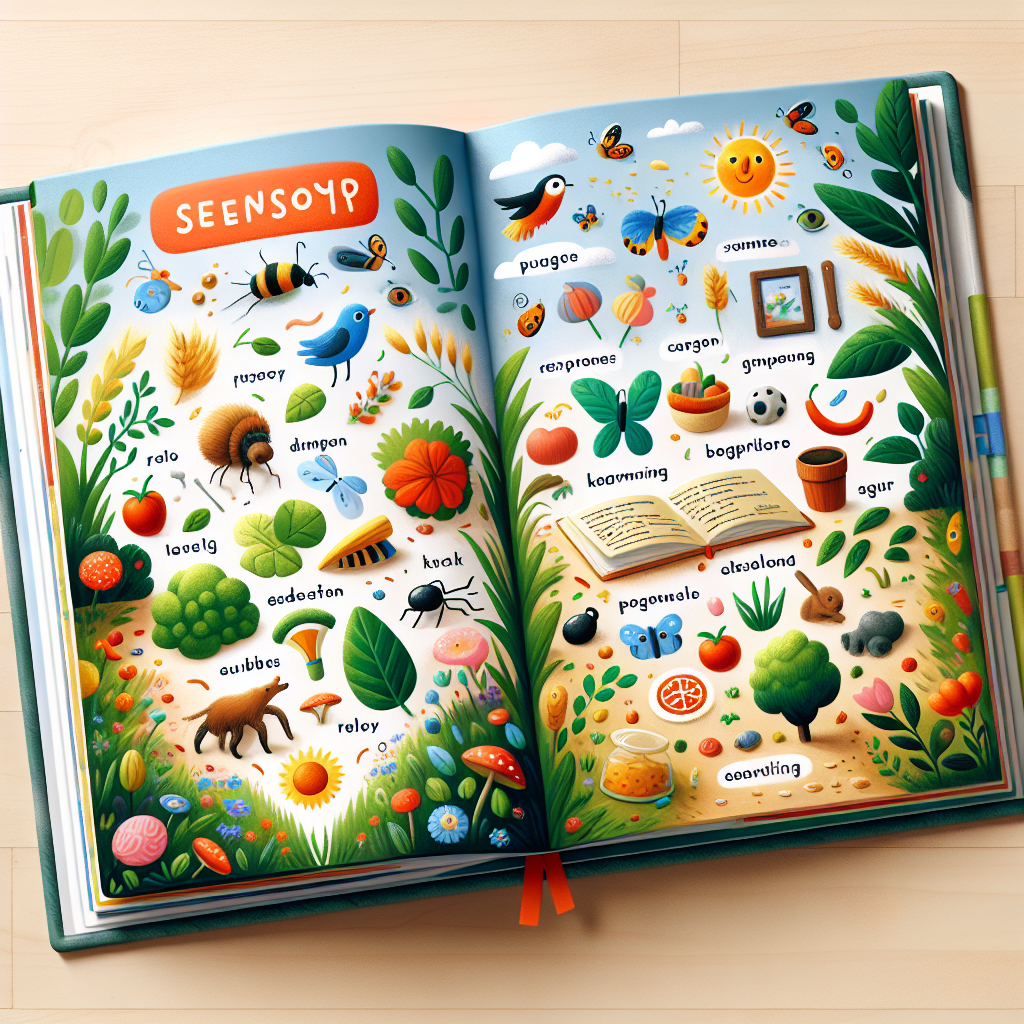Language acquisition is a remarkable journey that begins from the earliest stages of life. It’s an intricate dance of sounds, sights, and experiences that shape the developing brain. At Avix Health, we understand that sensory experiences play a crucial role in this process, influencing how infants and young children perceive and interact with their surrounding environment to develop language skills.
Sensory Health and Language Development
The senses are the gateways through which we perceive the world. From the gentle touch of a mother’s hand to the soothing lullabies that echo in a child’s ear, each sensory experience can be an opportunity for learning. Sensory health, which encompasses the effective processing and integration of sensory information, is particularly significant in the early stages of language acquisition.
For a comprehensive understanding of how sensory health impacts overall development, explore our dedicated Sensory Health resource.
Multi-Sensory Learning Environments
Creating a multi-sensory learning environment can enhance language development. Children learn best when they are engaged in activities that stimulate multiple senses. This not only includes auditory and visual stimuli but also tactile, olfactory, and gustatory experiences. For instance, when a child learns the word "apple," they benefit from seeing an apple, touching its smooth surface, smelling its sweet scent, tasting its juicy flesh, and hearing the word spoken aloud.
The Impact of Sensory Enrichment
Sensory enrichment offers a plethora of benefits for language acquisition. It stimulates neural pathways, increases attention span, and improves cognitive processes associated with language and speech. By introducing sensory-rich activities, parents and educators can support the natural curiosity and learning capacity of children. These include sensory play, music, and interactive storytelling.
For insights into the role of sensory play in specific contexts, consider reading about Evaluating the Role of Sensory Play in Autism.
Sensory Integration and Communication
Effective communication relies on the integration of sensory experiences. Sensory integration is the process by which the brain organizes and interprets sensory inputs to make them meaningful. When children struggle with sensory integration, it can affect their language development. This is because language is not just about words; it’s about understanding concepts and context, which are often conveyed through sensory experiences.
For those interested in therapeutic approaches to sensory integration, "Sensory Enrichment Therapy for Post-Traumatic Stress Disorder" (Avix Health) offers valuable insights.
The Influence of Sensory Sensitivities
Sensory sensitivities can pose challenges to language acquisition. Children with hypersensitivity may find certain sounds, textures, or visual stimuli overwhelming, leading to difficulties in engaging with language-learning opportunities. On the other hand, children with hyposensitivity might seek out more intense sensory experiences, which can distract them from language input.
Understanding these sensitivities is crucial, and more information can be found in the article "Understanding Sensory Hypersensitivity in Adults" (Avix Health).
External Supportive Resources
To further delve into the nuances of sensory experiences and language development, consider the following external resources:
- A comprehensive review on the importance of sensory experiences in early childhood development provides foundational knowledge.
- Research on the effects of multisensory learning on language acquisition offers scientific insights into the mechanisms at play.
- An exploration of how sensory processing disorders affect communication can be informative for parents and educators dealing with related challenges.
- Guidance on creating sensory-friendly learning environments that support language development is available for those looking to optimize educational settings.
Nurturing Language Through Sensory Experiences
Parents and educators can nurture language development by being mindful of the sensory experiences they provide. Engaging in activities like baby sign language combined with vocalization can link visual, tactile, and auditory senses with verbal communication. Reading stories with children, where they can see pictures, hear the words, and touch the pages, further strengthens sensory connections with language.
Conclusion
Language acquisition is not a standalone process; it is deeply rooted in the rich soil of sensory experiences. By recognizing the importance of sensory health and creating environments that cater to multisensory learning, we can support the linguistic journey of children, from babbling babies to articulate individuals. At Avix Health, we are committed to providing resources and information that promote a comprehensive understanding of this intricate relationship between sensory experiences and language development. Let us embrace the sensory world as a powerful ally in the quest to unlock the full potential of language in our children’s lives.



